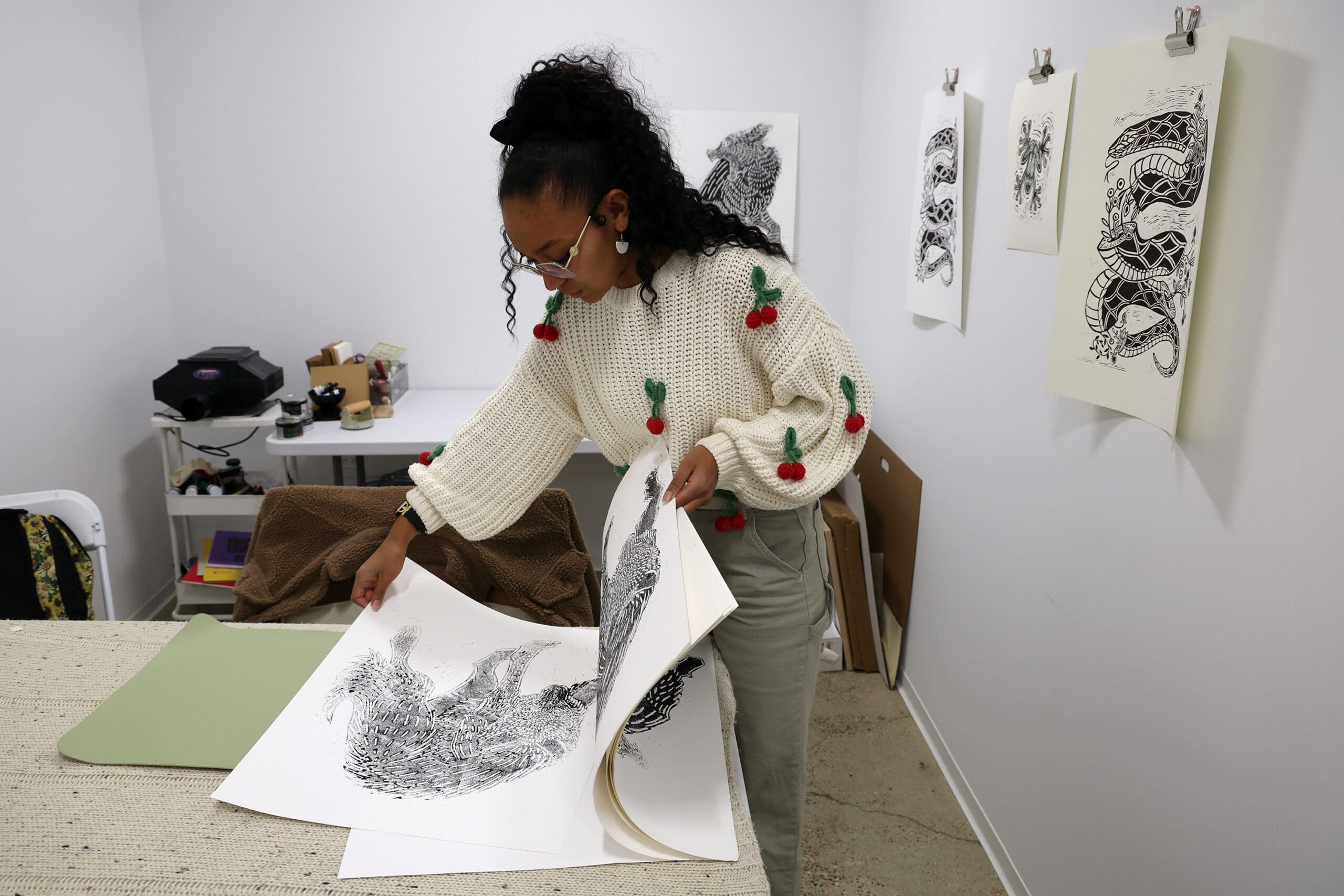By Brian Willoughby
Managing Editor, Tolerance.org
In August of 2004, the movie “White Chicks” premiered. I saw it twice, once on my own, out of curiosity, and a second time with my daughter, at her request.
The movie centers on two black men ˘ the Wayans brothers of TV comedy fame ˘ crossing gender and race lines by wearing women’s clothes and whiteface. I found it amusing but inconsistent, a forgettable trifle.
A month later, my colleague Dana Williams wrote a Tolerance.org story about Willie P. Richardson, a white comedian who performs in blackface.
In the month since, Tolerance.org has received a small but consistent flow of e-mail feedback asking, in various tones, why the Wayans brothers in whiteface weren’t presented as a problem on our website while a comedian in blackface was. Accusations of double standards, and worse, abounded:
From one writer:
Once again the bias of Tolerance.org shines through. Comedian Willie P. Richardson dressing up in blackface should be just as offensive as two black men dressing up as ‘white chicks’ for a globally distributed motion picture.
From another:
How typical of the two-faced hypocrisy of the pro-black bigots running Tolerance.org that you condemn a white comedian in blackface but NEVER MENTION black actors in whiteface playing in movie houses … all across America.
Still another:
I’ve never heard or seen any of (Richardson’s) comedy, so I couldn’t say if it’s racist or not. However, Shawn Wayans’ and Marlon Wayans’ performance in … ‘White Chicks’ is quite possibly just as much if not more offensive.
To which I reply: Blackface and whiteface are not an equation. X does not equal Y in the algebra of race relations.
Rooted in history
Blackface is rooted in our nation’s despicable history of the subjugation, violent mistreatment and denigration of Africans and African Americans. It is steeped in mammy-esque stereotypes, tied to the savage cultural mockery of an entire race of people.
During the 19th century, peaking after the Civil War, white performers (and later blacks) “blacked up” their faces with burnt cork then did minstrel-show songs and skits littered with racist and stereotypical mannerisms.
Promotional materials for the film “The History of Blackface Minstrelsy” describe blackface as “vicious” in its racial depictions. The website Musicals101.com calls minstrel shows and blackface “hateful,” a “shameful chapter” in American musical history, embodying “racial hatred” ˘ “the only entertainment form born out of blind bigotry.”
Jim Crow, a stock character of 19th century minstrel shows, came to be the name associated with the legalized oppression of black Americans. “Dixie,” still today the unofficial anthem of the South, was composed by minstrel star Dan Emmett ˘ whose historic-society supporters refer to his blackface activity as “the technique of Negro impersonation.”
Fast-forward to the 20th century, and minstrel-show blackface emerges in film, radio and television, still steeped in racist Amos-and-Andy-style stereotypes. Consider some blackface film titles: “For Massa’s Sake” and “The Wooing and Wedding of a Coon.” Or the KKK-glorifying “Birth of a Nation,” in which white actors in blackface raped and pillaged the white South.
Beyond blackface
And it’s not just blackface. Our nation has oppressed so many groups of people.
Instances of yellowface abound, well into the 20th century, capped perhaps with the disgusting portrayal by white actor Mickey Rooney of Mr. Yunioshi, the slant-eyed, buck-toothed “Japanese” man who lives upstairs from Holly Golightly in “Breakfast at Tiffany’s.”
Blackface ˘ and yellowface, and the redface depiction of “Indians” as mascots, and the brownface depiction of lazy “Mexicans” in old western movies ˘ is about oppression and subjugation.
It’s about the powerful viciously ridiculing the powerless. It’s about presenting an entire class of people as puppets, to be mocked and diminished, treated as stupid and subhuman. It’s about our nation’s racist past ˘ long ago, last century, yesterday ˘ which still echoes today in far too many ways.
Fast-forward again, to this summer.
Two black comics, known for poking fun at the establishment, decide to do a Hilton-sisters send-up on the silver screen. Their movie, while tasteless and crass, is an equal-opportunity exercise in mockery. The black Lothario, for example, is presented in as buffoonish a way as the rich white women.
This isn’t a minstrel show. These are court-jester antics ˘ clowns challenging of the status-quo of the power elite with gentle and not-so-gentle ribbing. In its sophomoric way, this is activism, an echo of the (relatively) powerless confronting the (relatively) powerful ˘ the same kind of activism we encourage every day at Tolerance.org.
Would Tolerance.org celebrate “White Chicks” as an example of uplifting, stereotype-free entertainment? Certainly not.
Viewers can and should critique and discuss sexism and classism and other issues raised by the movie. “White Chicks” is a far cry from an enlightened exercise in the complex realm of race relations; that, too, deserves viewer attention.
But Marlon Wayans covering his face in powder in no way ˘ historically, cinematically, culturally ˘ carries the same ugly weight as a white man covering his face in charcoal to embrace centuries of oppression and hate.
Blackface does not equal whiteface. Never has, never will.
This essay originally appeared on tolerance.org, the website of the Southern Poverty Law Center in Alabama.



